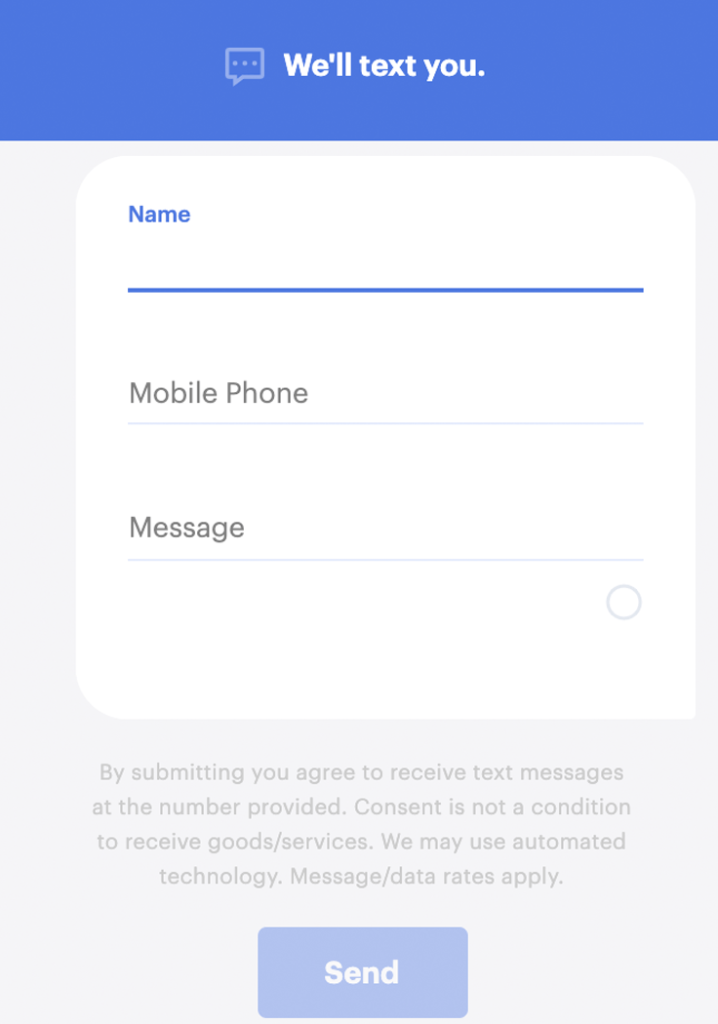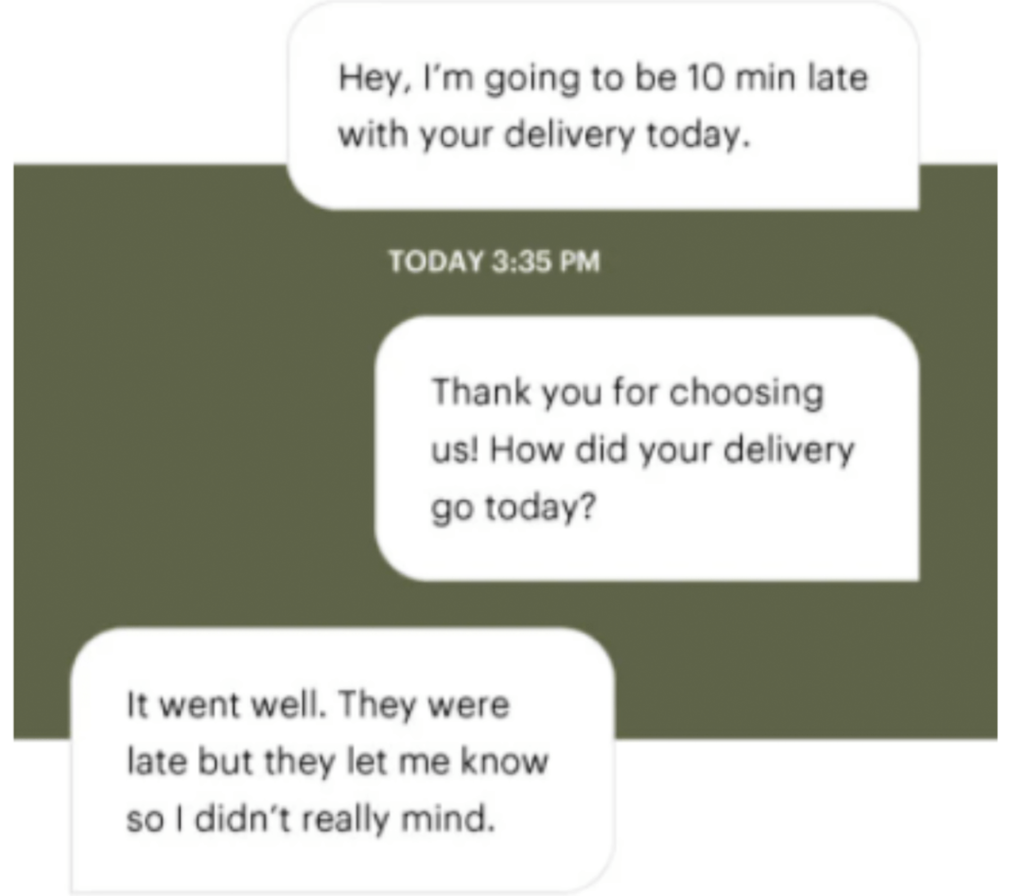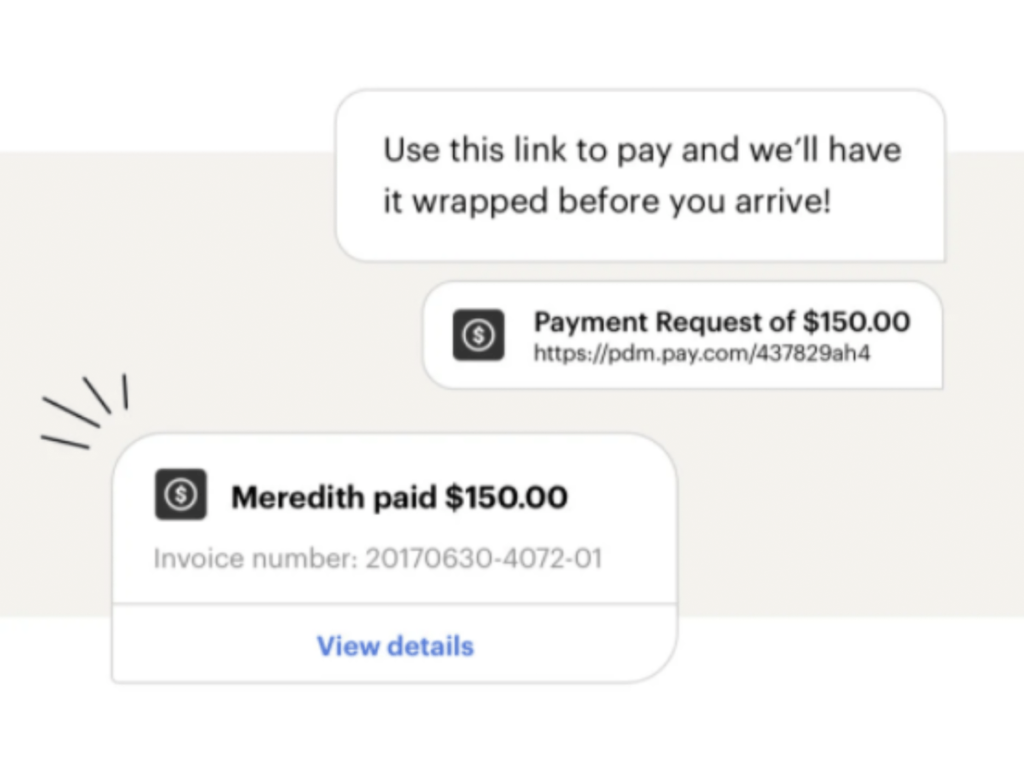With a host of communication channels, customer interactions, and online analytics, it can be a challenge to make sense of the metrics at our fingertips, especially for retail marketers. Tracking the following seven metrics will clear up any confusion you might have about what’s working for your retail business and what’s not.
See also, 10 essential marketing skills all business owners should perfect
1. Customer acquisition costs
Definition: The total average cost spent to acquire a new customer, including all spend for ads and other marketing tactics, salaries, and overhead.
How to calculate it: Take the total spend for acquiring new customers (marketing spend (including ad spend), salaries (including commissions and bonuses), overhead, etc.) in a given time period and divide it by the number of new customers acquired in that time.
Example:
A mattress retail store spends $8,000 in ads and other marketing programs in Q1. Add in $30,000 for salaries and another $40,000 for overhead, divide by the number of new customers in Q1, and your equation should look like this:
$78,000 / 300 = $260 per customer
Why it matters: This number tells you how effective your customer acquisition strategies are related to the cost, and provides a general overview of the marketing budget. If you notice your customer acquisition costs increasing with new digital marketing techniques, it’s time to revisit tactics and channels to ensure your customer acquisition cost isn’t too high.
How you can improve it: The spend for ad campaigns and other customer acquisition methods can really add up. But do you know what is low-cost and has a 98% open rate? Text messaging. Consider adding a textable number to the customer journey. This is a low-cost way to let potential customers come to you when they’re most likely to convert and on the channels they prefer.
Another effective acquisition tool is web chat. Because most retail customers do their research online anyway, a web chat platform is a good way to meet them there and provide personalized help.
Modern customers require modern acquisition strategies. Reach your customers with effective and low-cost methods like texting and webchat—answer common questions, resolve concerns, and win the trust of potential customers.

2. Lead response times
Definition: The average time it takes for your business to respond to leads.
How to calculate it: First, you’ll need to calculate response times for each type of lead. Add up the total response times of all leads in a given time frame (including phone calls, texts, emails, social media messages, or any other type of lead) and divide it by the number of leads in that time.
Example: In Q1, your business responded to Facebook messages within 4 hours, texts within 5 minutes, phone calls within 20 minutes, walk-in customers in 1 minute, and email forms in 1 week.
Why it matters: Customers have become accustomed to instant answers, one-click purchases, and two-day shipping. If you’re not responding to leads and inquiries with speed, you’re losing customers to your competitors.
How you can improve it: Use a customer relationship management software that congregates all customer interactions into one inbox, rather than trying to respond to several different customers on several different channels. When all your leads are managed through one inbox, you (or a bot) can respond in real time with ease.
3. Web chat conversion rates
Definition: The total percent of web chat conversations that lead to a transaction.
How to calculate it: Take the total number of web chat conversations in a given timeframe and divide it by the number of webchat conversions in that time.
Example: A retail shop had 4,000 web chat leads in the month of October. 1,000 of those customers converted on web chat.
1,000 converted customers / 4,000 web chat leads = 25% webchat conversion rate
Why it matters: Adding a web chat platform can significantly increase your number of inbound leads and online transactions. And because in-store conversion rates might be limited during the pandemic, this additional resource can make a big difference to your bottom line.
How you can improve it: With a platform like Podium Webchat, these conversations aren’t limited to one browser session. Customers begin on the website, but transition the conversation to texting. This can help improve conversion rates by using a channel customers are familiar with and can come back to over time.

4. Google Ratings
Definition: The number of reviews and the average star rating of your Google Business Profile.
Example: In this example, the number of Google reviews is 246 and the average star rating is 3.8.

Why it matters: The customer journey often begins with a search engine. Customers search for products and services with the phrase “near me” and usually click on the first few relevant links. Google ranks your business based on the frequency, quantity, and average star rating of your Google reviews. 97% of consumers consult online reviews before converting. Improve your reputation and you’ll increase your revenue.
How you can improve it: If you’re not already educating customers on how reviews help your business and inviting customers to leave reviews, begin there. 76% of customers asked to leave a review will. Automate the ask with a post-purchase text link, and customers are even more likely to leave reviews. The smoother your customer experience is from beginning to end, the more likely you’ll receive positive reviews.
5. Best performing location
Definition: The city or store location with the best performance based on a series of metrics you decide (e.g. sales, conversions, customer reviews, etc.).
How to calculate it: Based on your topline metric, calculate the equation for each store location to compare it against the others. Which location brings in the most sales? Which location is the most profitable? Which location boasts the highest conversion rate? Which location has the highest review ratings from customers?
Why it matters: There are a number of factors that may contribute to variation in location performance: local management, locational logistics, store layout, employee training, and more. But once you know which location is performing best (based on your specific standards), you can then evaluate which tactics you can implement in your other locations to ensure the best return on investment.
How you can improve it: Customer feedback provides locational insights that come in no other way. Send a quick text after a customer converts and ask about their experience. Send a link to a customer satisfaction survey or ask customers to rate their experience on a scale of 0 – 10. This will help you decode and address possible reasons for location performance (or underperformance).

6. Online vs. In-person sales
Definition: The comparison of total online sales versus total in-person sales.
Example: Some retailers started implementing buy online, pickup in-store options during the pandemic. Comparing online versus in-store sales will help you understand your customers better, and cater to their preferences.
Why it matters: When you know where your customers are converting, you know where to focus or adjust your efforts. If most of your sales are online, you know that your digital marketing efforts are working. If your in-store sales have been decreasing, you might want to boost online efforts to convert customers.
How you can improve it: Make it easy for customers to convert in-person and online. Consider adding mobile, contactless payments to speed up the process and provide a better experience for customers. Nearly 8 in 10 customers prefer mobile payments anyway. And tools like web chat and texting provide excellent platforms to lead transactions and please customers.

7. Lead Sources
Definition: The original point where a customer hears of or first interacts with your business.
How to calculate it: Send a post-purchase survey via text, email, or or printed card (perhaps in-store) asking customers how they found your business.
Example: If you use a Customer Relationship Management (CRM) platform or a customer database, you can track customers as they come in through referrals, email promotions, Google Business Profile, social media leads, etc. Review your data to see what your top lead source is.
A retail business acquired 100 new customers in Q2. 60 originated from Google search queries, 10 from word-of-mouth marketing, 5 drove by the business, 15 saw an Instagram ad, and 10 clicked on an email banner ad.
Why it matters: Evaluating your lead sources helps you prioritize your efforts based on what’s working and where you have potential to grow. If traditional marketing methods aren’t effective, you can explore other options and track the conversion or click-through rates on Google Business Profile or other advertising platforms.
How you can improve it: Provide customers with the opportunity to connect with your brand on the platforms they prefer. This could be on social media, text conversations, email, or more. Ask your customers where they’d like to connect with you, and you’re more likely to attract potential customers through those channels.
Access more of the right data with Podium. You’ll stay connected to your current review ratings online, customer and lead response times, web chat conversations, and implement texting to connect with consumers better. Watch a demo to see if Podium is right for you.




